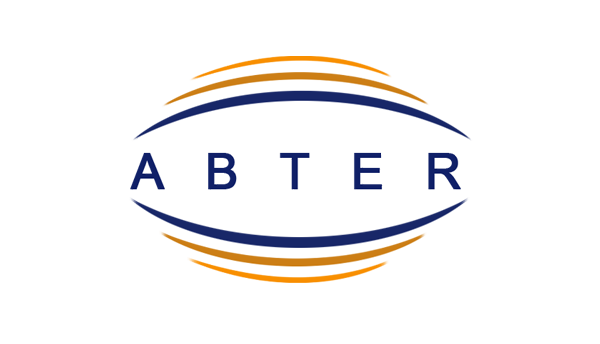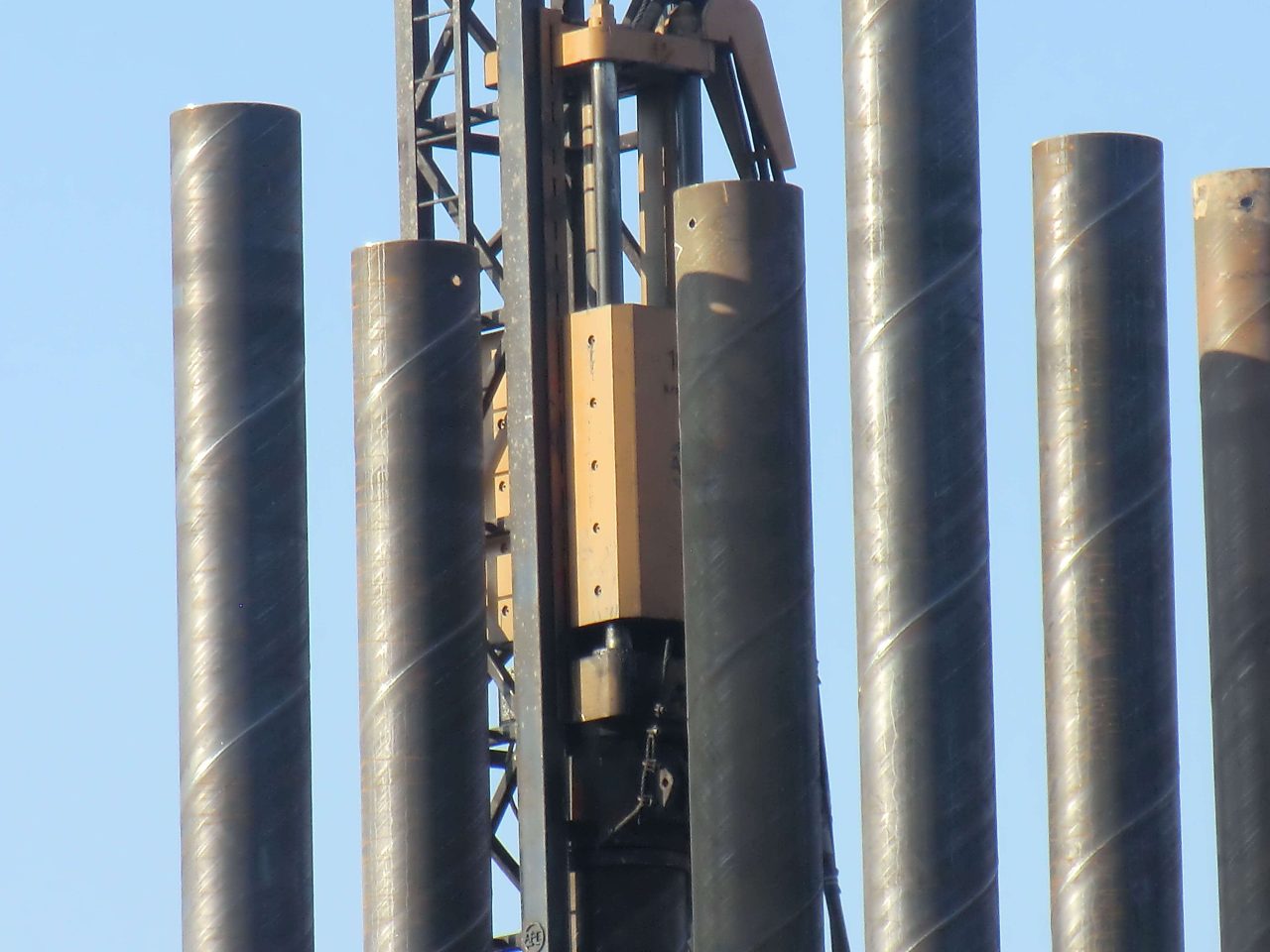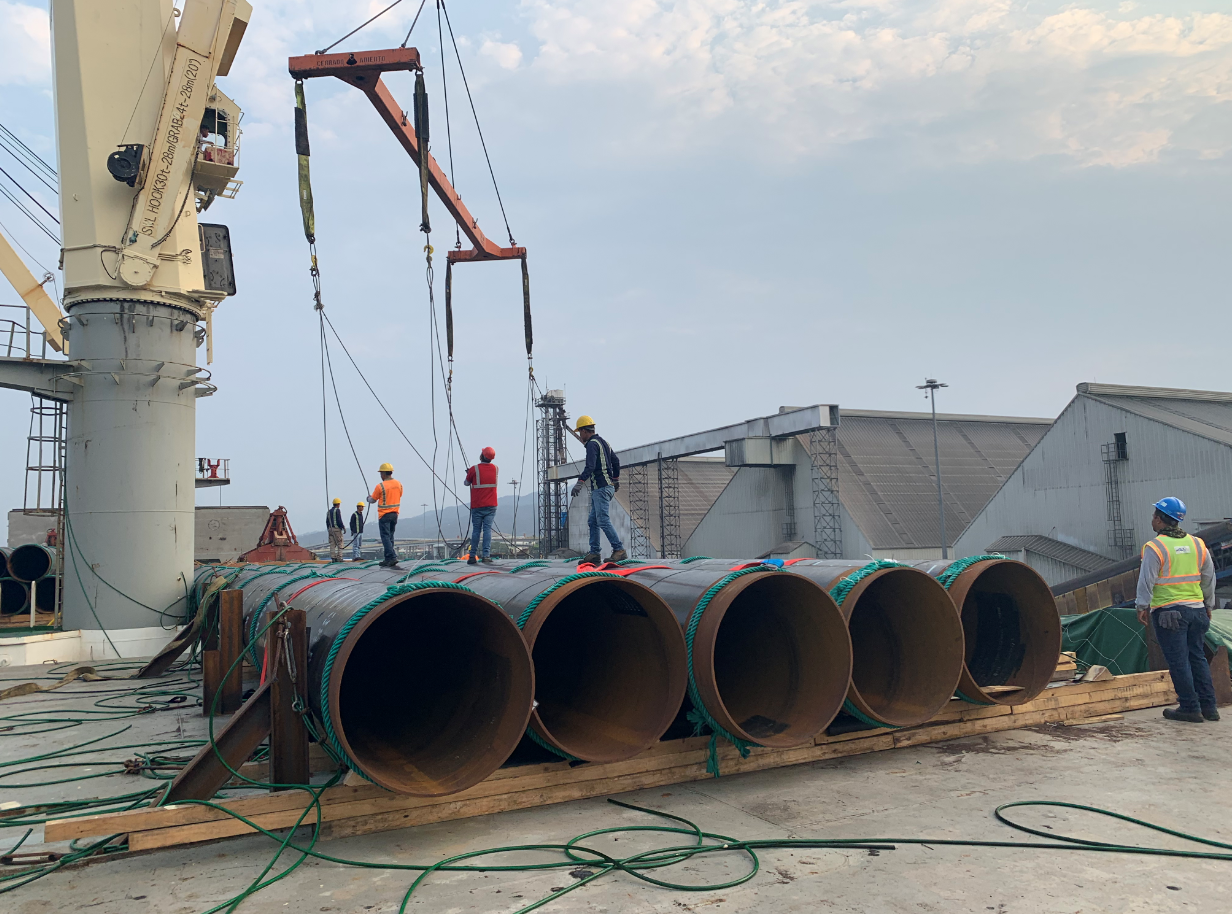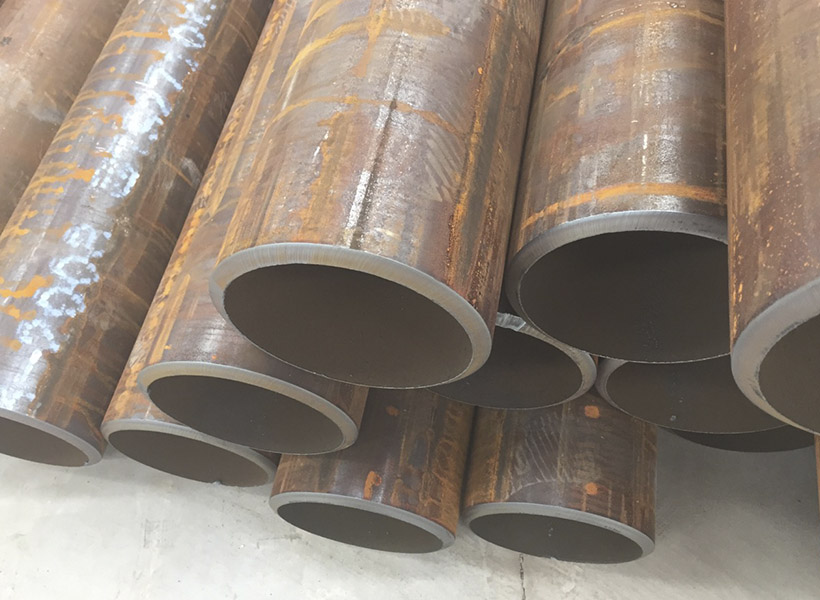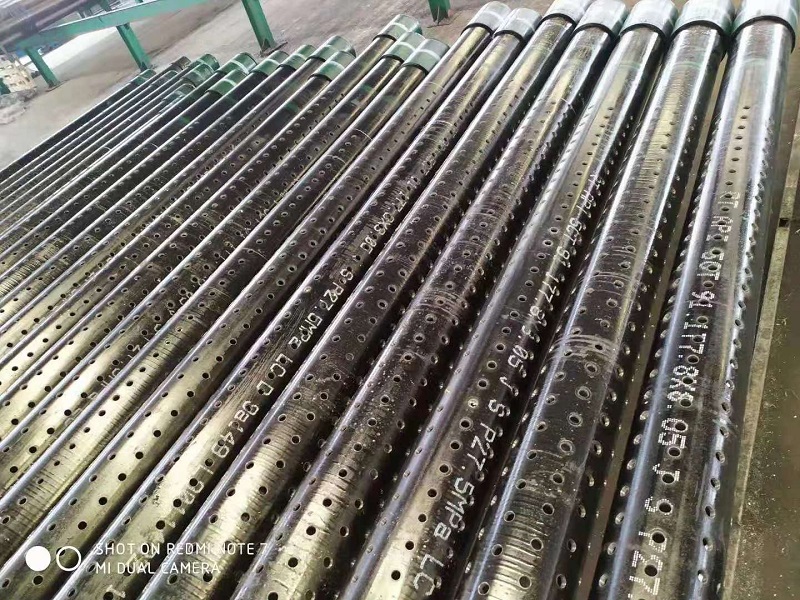Analisis mendalam mengenai bumbung bumbung bumbung keluli dalam struktur jangka panjang (Berterusan)
Reka bentuk sambungan lanjutan dan kecekapan bersama
Kecekapan bumbung bumbung bendam keluli dalam struktur jangka panjang sangat bergantung pada reka bentuk dan pelaksanaan sambungan mereka. Sendi di Bend
kekuda paip, terutamanya di persimpangan chord-web, adalah titik kritikal di mana tekanan menumpukan perhatian. Jenis Sambungan Biasa termasuk nod bersilang yang dikimpal, Sambungan Flange Bolted, dan sendi lengan. Nod dikimpal, di mana paip terus disertai oleh kimpalan penuh penembusan, menawarkan kekakuan yang unggul dan estetika yang bersih tetapi memerlukan ketepatan yang tinggi untuk mengelakkan kecacatan seperti gabungan atau keliangan yang tidak lengkap. Menurut BS en 1993-1-8, Kekuatan reka bentuk sendi yang dikimpal mesti menyumbang kepada kawasan yang berkesan yang dikurangkan disebabkan oleh ketidaksempurnaan kimpalan, Biasanya mengehadkan tekanan kepada 80-90% kekuatan hasil bahan induk (cth., 284-320 MPa untuk keluli Q355B).
Sambungan Bolted, menggunakan bolt kekuatan tinggi (cth., gred 10.9 atau ASTM A325), lebih disukai untuk kekeliruan pasang siap kerana kemudahan perhimpunan dan keupayaan mereka untuk menampung sedikit misalignments. Namun begitu, Mereka memperkenalkan berat tambahan dari plat bebibir, Meningkatkan penggunaan keluli sebanyak 5-10% berbanding nod dikimpal. Kekuda rentang 40 meter dengan sambungan bolted melaporkan a 7% peningkatan berat badan tetapi mengurangkan masa ereksi di tapak oleh 20%. Sendi lengan, di mana paip dimasukkan ke dalam penyambung pra-fabrikasi, menawarkan fleksibiliti untuk geometri kompleks tetapi memerlukan toleransi yang ketat (≤0.5 mm) Untuk memastikan pemindahan beban. Analisis elemen terhingga dari kekuda span 50 meter menunjukkan bahawa nod yang dikimpal interseksi mengurangkan kepekatan tekanan oleh 15% berbanding dengan sendi lantang, meningkatkan kehidupan keletihan di bawah pemuatan kitaran.
Untuk mengoptimumkan kecekapan bersama, Pereka boleh menggunakan teknik canggih seperti nod yang kukuh atau penyambung keluli cast. Sebagai contoh, nod keluli cast, Digunakan di Stadium Nasional Beijing, peningkatan kekakuan sendi oleh 25% dan dibenarkan untuk geometri yang rumit, walaupun di a 30% Premium kos. Inovasi masa depan, seperti sendi hibrid yang menggabungkan kimpalan dan bolting, dapat mengimbangi kekuatan dan kebolehkerjaan.
Prestasi aerodinamik dan pengurangan beban angin
Bumbung panjang bumbung, terutamanya yang terdedah kepada persekitaran terbuka, mesti menahan beban angin yang ketara, yang boleh mentadbir reka bentuk di kawasan dengan kelajuan angin yang tinggi (cth., 30-50 m/s).
Bend Pipe Trusses, dengan keratan rentas bulat mereka, Menawarkan kelebihan aerodinamik ke atas bahagian sudut kerana pekali seret yang lebih rendah (C_d ≈ 0.7 untuk CHS vs. 1.2-2.0 Untuk I-Beams). Ujian terowong angin pada kekuda rentang 60 meter menunjukkan a 20% pengurangan daya yang disebabkan oleh angin untuk bahagian bulat berbanding dengan bahagian kosong persegi (SHS), mengurangkan keperluan untuk pendakap sekunder.
Namun begitu, Vortex Shedding, Fenomena di mana vorteks bergantian di belakang paip, boleh mendorong getaran pada frekuensi 0.1-1.0 Hz, terutamanya untuk ahli langsing dengan nisbah slenderness yang tinggi (L. > 100). Untuk mengurangkan ini, peredam massa yang ditala (TMDS) atau peredam viskoelastik dapat diintegrasikan ke dalam sistem kekuda. Kajian kes bumbung rentang 70 meter di rantau pesisir menunjukkan bahawa memasang TMD yang dikurangkan oleh angin yang disebabkan oleh angin oleh 30%, mengekalkan anjakan dalam 1/400 daripada rentang. Selain itu, Dinamik Fluida Komputasi (CFD) pemodelan dapat mengoptimumkan jarak kekuda dan kelengkungan bumbung untuk meminimumkan daya kenaikan, yang boleh mencapai 1.5-2.0 kPa setiap asce 7-16 untuk bumbung rendah lereng.
|
|
|
Seksyen berongga persegi (SHS)
|
|
|
|
|
|
|
Beban angin (KPA, 40 m/s)
|
|
|
|
Kekerapan menumpahkan vorteks (Hz)
|
|
|
|
Kos pengurangan (% jumlahnya)
|
|
|
|
Jadual ini menggariskan keunggulan aerodinamik selekoh
kekuda paip, Walaupun langkah pengurangan seperti peredam atau pelapisan yang diperkemas menambah kos projek.
Keletihan dan ketahanan jangka panjang
Prestasi keletihan adalah pertimbangan kritikal untuk bendap paip bendung tertakluk kepada pemuatan kitaran, seperti angin, orang ramai, atau getaran yang disebabkan oleh peralatan. Kehidupan keletihan sendi yang dikimpal, terutamanya pada nod yang bersilang, ditadbir oleh kepekatan tekanan dan kualiti kimpalan. Menurut Eurocode 3, Kekuatan keletihan sendi CHS dikategorikan ke dalam kelas terperinci (cth., Kelas 71 Untuk CHS yang dikimpal), dengan had keletihan kira -kira 71 MPA untuk 2 juta kitaran. Kekuda rentang 45 meter tertakluk kepada 1.0 KN/m² Beban hidup kitaran mempamerkan julat tekanan 50-60 MPa pada nod kritikal, baik dalam had yang boleh diterima.
Untuk meningkatkan ketahanan, Rawatan permukaan seperti pukulan pukulan dapat mengurangkan tekanan sisa sebanyak 10-15%, memanjangkan kehidupan keletihan sehingga sehingga 30%. Perlindungan kakisan sama penting, Terutama untuk kekalahan luar. Galvanizing panas, dengan ketebalan salutan 85-100 μm, Menyediakan hayat perkhidmatan 50-70 tahun dalam persekitaran C3 (Kosak sederhana, untuk ISO 12944). Untuk persekitaran C5 yang lebih keras (cth., Tetapan Perindustrian atau Marin), Sistem Dupleks Menggabungkan Galvanizing dan Epoxy Coatings disyorkan, Walaupun mereka meningkatkan kos sebanyak 20-25%. Pemeriksaan berkala, difasilitasi oleh platform akses yang disatukan ke dalam reka bentuk kekuda, Pastikan pengesanan awal kakisan atau keretakan keletihan.
Analisis ekonomi dan pengoptimuman kos
Daya tahan ekonomi bendap paip bendung bergantung pada mengimbangi kos fabrikasi awal dengan penjimatan jangka panjang dari penggunaan dan penyelenggaraan bahan yang dikurangkan. Untuk kekuda rentang 50 meter, Kos fabrikasi untuk paip bengkok kira -kira 10-20% lebih tinggi daripada untuk lurus HSS trusses kerana proses lenturan dan kimpalan khusus. Namun begitu, Kos projek keseluruhan selalunya boleh dibandingkan atau lebih rendah disebabkan oleh pengurangan 15-25% dalam tan keluli. Sebagai contoh, kekuda 36 meter di dewan pameran yang digunakan 62 kg/m² keluli, berbanding dengan 80 kg/m² untuk kekuda sudut konvensional, resulting in material cost savings of $50,000–$70,000 for a 10,000 bumbung m².
Prefabrication dan Modular Assembly selanjutnya mengurangkan kos dengan meminimumkan buruh di tapak, yang menyumbang 30-40% daripada jumlah perbelanjaan dalam pembinaan tradisional. Sistem kekuda rentang 40 meter modular mengurangkan masa ereksi oleh 25%, menjimatkan kira -kira $20,000 dalam kos buruh. Namun begitu, pengangkutan besar, Komponen melengkung dapat meningkatkan kos logistik sebanyak 5-10%, memerlukan perancangan saiz modul yang teliti. Alat Pengoptimuman Kos Lanjutan, seperti perisian anggaran kos bersepadu BIM, boleh meramalkan jumlah perbelanjaan dengan 95% ketepatan, membolehkan pengambilan keputusan yang lebih baik.
Kajian kes: Pelaksanaan besar-besaran
Terminal Lapangan Terbang Antarabangsa Shenzhen Bao'an, dengan bumbung jarak 80 meter, mencontohkan permohonan yang berjaya membongkok paip. Struktur digunakan paip CHS (Diameter 300 mm, ketebalan dinding 12 mm) membongkok ke jejari 3d, mencapai penggunaan keluli 58 kg/m². Sistem kekuda, disokong oleh lajur berbentuk pokok, kelengkungan bumbung kompleks yang ditempatkan semasa mengekalkan pesongan di bawah 1/350 daripada rentang (229 mm). Kimpalan automatik dan pemotongan CNC memastikan ketepatan bersama, mengurangkan kesilapan fabrikasi kepada kurang daripada 1 mm. Projek itu melaporkan a 15% penjimatan kos berbanding dengan alternatif bingkai ruang yang dicadangkan, terutamanya disebabkan oleh penggunaan bahan yang dikurangkan dan ereksi lebih cepat.
Kes ini menyoroti sinergi fleksibiliti estetik, kecekapan struktur, dan faedah ekonomi dalam bendap paip. Namun begitu, Cabaran termasuk keperluan untuk peralatan lentur khusus dan pengimpal mahir, yang meningkatkan kos awal oleh 12%. Ini diimbangi oleh penjimatan jangka panjang dari penyelenggaraan yang lebih rendah dan ketahanan yang tinggi, Dengan salutan tergalvani memastikan hayat perkhidmatan 60 tahun.
Arah masa depan: Teknologi digital dan pintar
Penyepaduan teknologi digital mengubah reka bentuk dan fabrikasi bendam paip. Kembar digital, Dibuat menggunakan data sensor BIM dan masa nyata, membolehkan pemantauan kesihatan struktur berterusan, mengesan anomali tekanan dengan 98% ketepatan. Contohnya, Jangkitan 60 meter yang dilengkapi dengan alat pengukur terikan dan sensor IoT mengenal pasti a 5% peningkatan tekanan pada nod kritikal semasa taufan, membolehkan tetulang preemptive. Alat reka bentuk parametrik, seperti belalang, membolehkan lelaran cepat geometri kekuda, mengoptimumkan berat badan dan kos semasa memenuhi keperluan seni bina.
Pembuatan Aditif (3D Percetakan) nod keluli adalah satu lagi trend yang menjanjikan. Projek perintis di Dubai menggunakan nod CHS yang dicetak 3D untuk kekuda rentang 30 meter, mengurangkan masa fabrikasi oleh 35% dan sisa bahan oleh 20%. Selain itu, Penggunaan pembelajaran mesin untuk meramalkan mod buckling dan mengoptimumkan dimensi paip dapat mengurangkan penggunaan keluli sebanyak 5-10% dalam reka bentuk masa depan. Kemajuan ini, Digabungkan dengan amalan mampan seperti pengeluaran keluli rendah karbon, Posisi Bend Pipe Trusses sebagai asas struktur jangka panjang generasi akan datang.
Kesimpulan
Bend keluli
Bumbung paip Menawarkan kelebihan yang tidak tertandingi untuk struktur jangka panjang, Menggabungkan kecekapan struktur, fleksibiliti estetik, dan faedah ekonomi. Keupayaan mereka untuk mengurangkan penggunaan bahan, menahan beban kompleks, dan menampung reka bentuk inovatif menjadikan mereka sesuai untuk cabaran seni bina moden. Namun begitu, Kejayaan mereka bergantung pada fabrikasi yang tepat, Kawalan kualiti yang ketat, dan alat reka bentuk lanjutan. Oleh kerana teknologi digital dan amalan lestari terus berkembang, Bend Pipe Trusses akan memainkan peranan yang semakin penting dalam membentuk masa depan kejuruteraan struktur, Menyampaikan selamat, tahan lama, dan penyelesaian yang menarik secara visual untuk projek berskala besar.
